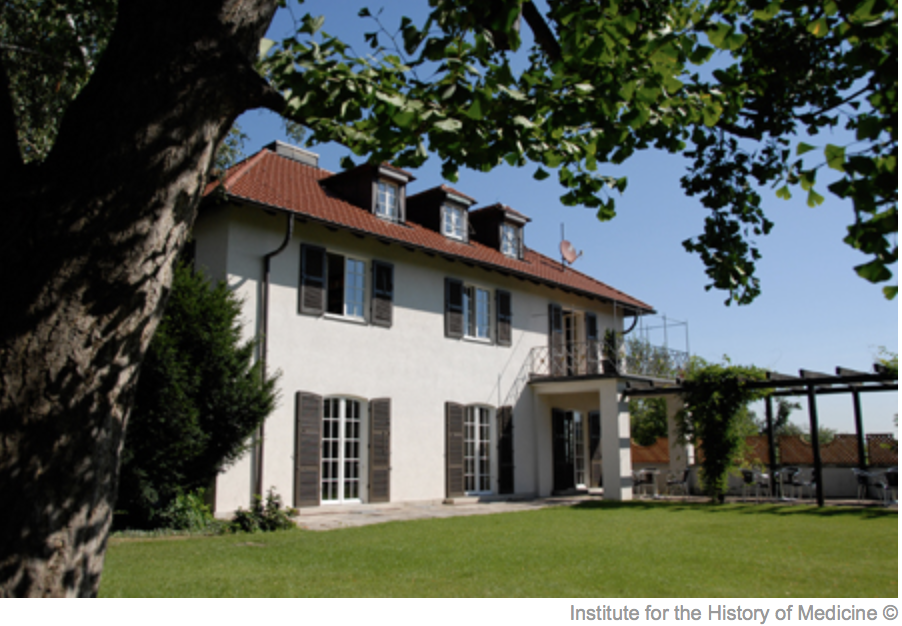Stuart in Birmingham
Today, it is difficult to imagine that this ‘Bar-Grill-Pub’ on Broad Street, Birmingham, today the hub of the city’s nightlife, was once described as ‘one of the very best sites that could possibly be selected within the Borough of Birmingham for the purpose of a Children’s Hospital’ (Reinarz, 2009, 79). Partially obstructed by the twenty-first-century smokers’ shelter this solidly constructed building served, first as the Lying-in-Hospital (maternity) until 1860 and then as the Children’s Hospital from 1870 until 1916. The hospital was founded in 1862 but moved from the centre of the town to gain more beds and a healthier aspect.
The Children’s Hospital was at the forefront of introducing nurse training to Birmingham. In 1865, a subcommittee of the Lady Visitors recommended that the hospital should offer to take in paying pupils for up to six months to train as nurses. This plan was abandoned as there was no space to house the pupils. However, in 1869 the Birmingham and Midland Counties Training Institution for Nurses was established in the town. It had three aims: to train nurses for hospital work, for private families and for the sick poor free of charge. The probationers, were given a certificate after a one year of period of practical training. The institution wanted to regulate the conditions under which the probationers worked and to ensure that they received an organised experience as a learner. In 1869, the hospital and the institution agreed that the probationers would gain experience in male, female, medical and surgical wards, and attendance at operations. Night duty was only to be undertaken to nurse individual cases. Initially the hospital was very satisfied as the Training Institution was able to improve the quality of nursing as compared to pre-training times. However, during the 1870s there was conflict as the probationers were being used to undertake domestic tasks such as cleaning and were not following the training plan. Thus the issue of control over the probationers became a problem. Once the hospital realised that it could increase its own income, either by taking in paying probationers or by using probationers instead of trained staff to reduce costs, it decided to introduce its own scheme in 1881 (Wildman, 2003, 57). It stayed on this site until it moved to a purpose built hospital just round the corner in 1916 and it is now hard to believe that this ‘night-spot’ was once at the cutting edge of nurse education!
References
Reinarz, J. (2009) Health care in Birmingham: the Birmingham teaching hospitals, 1779-1939, Woodbridge, Boydell.
Wildman, S. (2003) The development of nurse training in the Birmingham Teaching Hospitals 1869-1957, International History of Nursing Journal, 7, 3, 56-65
Author
Stuart Wildman is a Visiting Academic, at the University of Birmingham, and a member of the UKAHN Steering Committee. He is the editor of the UKAHN Bulletin.


